Toothpaste tricks and uses – bet you didn’t know your trusty tube of minty freshness could do so much more than just keep your pearly whites sparkling! I’m always on the lookout for clever DIY solutions around the house, and I was absolutely blown away when I discovered the sheer versatility of toothpaste.
From ancient civilizations using crushed bones and herbs to clean their teeth to the modern marvels we find on drugstore shelves today, toothpaste has come a long way. But its uses extend far beyond oral hygiene. Think of it as a gentle abrasive, a stain remover, and even a polisher, all rolled into one convenient tube.
Let’s face it, life gets messy! Scuffs on your shoes, stubborn stains on your clothes, tarnished silverware – these little annoyances can really add up. That’s why I’m so excited to share these amazing toothpaste tricks and uses with you. Not only will they save you time and money, but they’ll also give you that satisfying feeling of resourcefulness that comes with a great DIY hack. Get ready to unlock the hidden potential of your toothpaste and transform your home with these simple, yet effective solutions!
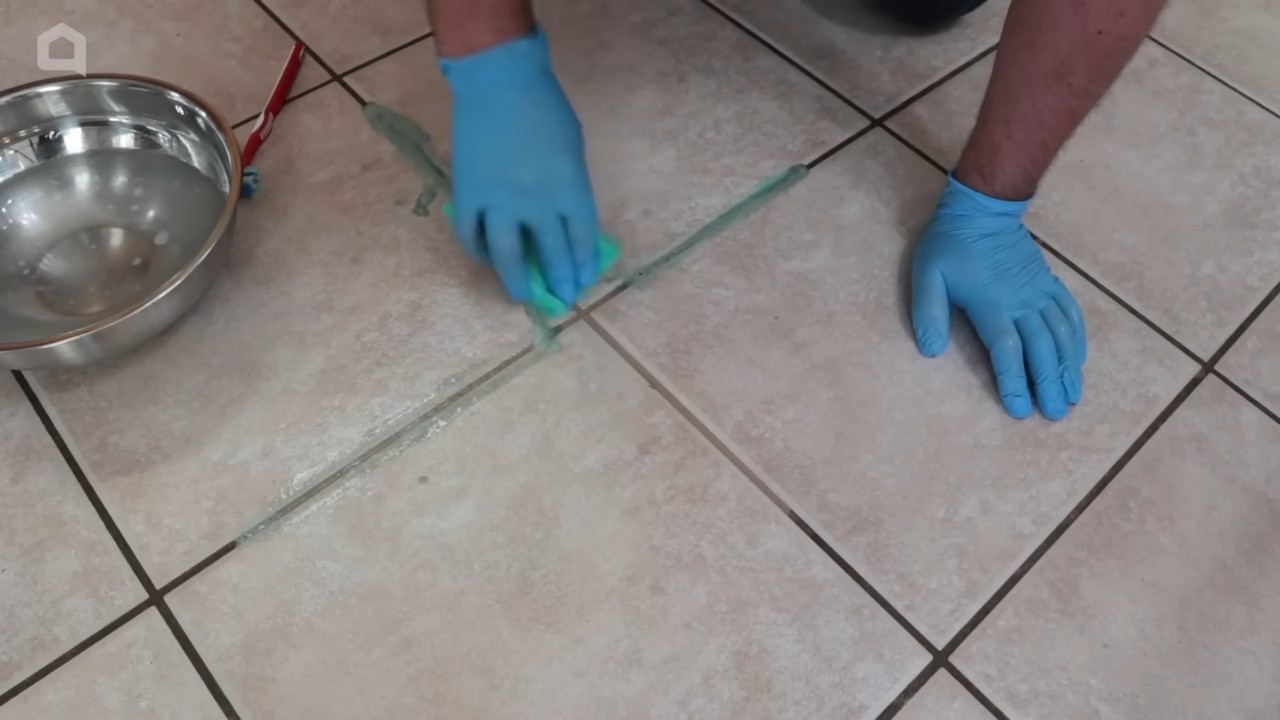
Unlock the Magic: Unexpected Toothpaste Hacks You Need to Know!
Hey there, fellow DIY enthusiasts! I’m about to spill the beans on some seriously cool toothpaste hacks that go way beyond just keeping your pearly whites sparkling. Get ready to be amazed at how this everyday item can become your secret weapon for cleaning, polishing, and even tackling some tricky household problems. Let’s dive in!
Cleaning and Polishing Powerhouse
Toothpaste isn’t just for teeth; its mild abrasive properties make it a fantastic cleaner and polisher for a variety of surfaces. Just remember to use a non-gel toothpaste for these hacks, as the gel formulas aren’t as effective.
Polishing Silverware and Jewelry
Tarnished silverware and jewelry can look dull and lifeless. But don’t worry, toothpaste is here to rescue your precious items!
What you’ll need:
* Non-gel toothpaste
* Soft cloth
* Water
Step-by-step instructions:
1. Apply a small amount of toothpaste: Squeeze a pea-sized amount of toothpaste onto a soft cloth.
2. Gently rub the tarnished area: Gently rub the toothpaste onto the tarnished silverware or jewelry, using small, circular motions. Be careful not to apply too much pressure, especially on delicate items.
3. Rinse thoroughly: Rinse the item thoroughly with water to remove all traces of toothpaste.
4. Dry with a clean cloth: Dry the item with a clean, soft cloth. You’ll be amazed at the shine!
Cleaning Chrome Fixtures
Water spots and grime can make your chrome fixtures look dull. Toothpaste can restore their shine in no time.
What you’ll need:
* Non-gel toothpaste
* Soft cloth or sponge
* Water
Step-by-step instructions:
1. Apply toothpaste to the fixture: Apply a small amount of toothpaste directly to the chrome fixture.
2. Rub gently: Use a soft cloth or sponge to gently rub the toothpaste onto the fixture, focusing on areas with water spots or grime.
3. Rinse thoroughly: Rinse the fixture thoroughly with water to remove all traces of toothpaste.
4. Dry and buff: Dry the fixture with a clean cloth and buff it to a sparkling shine.
Removing Scuff Marks from Leather Shoes
Scuff marks on leather shoes can be a real eyesore. Toothpaste can help minimize their appearance.
What you’ll need:
* Non-gel toothpaste
* Soft cloth
* Water
Step-by-step instructions:
1. Apply toothpaste to the scuff mark: Apply a small amount of toothpaste directly to the scuff mark.
2. Gently rub the area: Gently rub the toothpaste onto the scuff mark using a soft cloth.
3. Wipe away excess toothpaste: Wipe away any excess toothpaste with a damp cloth.
4. Dry the area: Allow the area to dry completely.
Important Note: Test this method on an inconspicuous area of the shoe first to ensure it doesn’t damage the leather.
Cleaning Your Iron’s Soleplate
A dirty iron soleplate can leave marks on your clothes. Toothpaste can help remove residue and buildup.
What you’ll need:
* Non-gel toothpaste
* Soft cloth
* Water
Step-by-step instructions:
1. Make sure the iron is cool and unplugged: This is crucial for safety!
2. Apply toothpaste to the soleplate: Apply a thin layer of toothpaste to the cool soleplate of the iron.
3. Rub gently: Gently rub the toothpaste onto the soleplate using a soft cloth, focusing on areas with residue.
4. Wipe clean with a damp cloth: Wipe the soleplate clean with a damp cloth, removing all traces of toothpaste.
5. Dry the soleplate: Dry the soleplate with a clean cloth.
Household Helpers
Beyond polishing, toothpaste can also be a surprisingly effective tool for tackling some common household problems.
Removing Crayon Marks from Walls
Kids and crayons – a classic combination that often leads to colorful artwork on your walls. Toothpaste to the rescue!
What you’ll need:
* Non-gel toothpaste
* Soft cloth
* Water
Step-by-step instructions:
1. Apply toothpaste to the crayon marks: Apply a small amount of toothpaste directly to the crayon marks on the wall.
2. Gently rub the area: Gently rub the toothpaste onto the crayon marks using a soft cloth.
3. Wipe clean with a damp cloth: Wipe the area clean with a damp cloth, removing all traces of toothpaste and crayon.
4. Dry the area: Dry the area with a clean cloth.
Important Note: Test this method on an inconspicuous area of the wall first to ensure it doesn’t damage the paint.
Defogging Bathroom Mirrors
Steamy showers can leave your bathroom mirror fogged up. Toothpaste can help prevent this.
What you’ll need:
* Non-gel toothpaste
* Soft cloth
* Water
Step-by-step instructions:
1. Apply a thin layer of toothpaste to the mirror: Apply a very thin layer of toothpaste to the entire surface of the bathroom mirror.
2. Wipe the mirror with a damp cloth: Wipe the mirror with a damp cloth, spreading the toothpaste evenly.
3. Rinse thoroughly: Rinse the mirror thoroughly with water to remove all traces of toothpaste.
4. Dry the mirror: Dry the mirror with a clean cloth. This should leave a film that prevents fogging.
Soothing Minor Burns
Toothpaste can provide temporary relief from minor burns.
What you’ll need:
* Non-gel toothpaste
* Water
Step-by-step instructions:
1. Cool the burn with water: Immediately cool the burn with cool (not cold) running water for several minutes.
2. Apply a thin layer of toothpaste: Apply a thin layer of non-gel toothpaste to the burn.
3. Leave it on: Leave the toothpaste on the burn until the pain subsides.
Important Note: This is only for minor burns. Seek medical attention for serious burns. Toothpaste is not a substitute for proper medical care.
Removing Stains from Clothes (Use with Caution!)
Toothpaste can sometimes help remove certain stains from clothes, but it’s important to proceed with caution and test it on an inconspicuous area first.
What you’ll need:
* Non-gel toothpaste
* Soft cloth
* Water
Step-by-step instructions:
1. Apply toothpaste to the stain: Apply a small amount of toothpaste directly to the stain.
2. Gently rub the area: Gently rub the toothpaste onto the stain using a soft cloth.
3. Rinse thoroughly: Rinse the area thoroughly with water to remove all traces of toothpaste.
4. Launder as usual: Launder the garment as usual.
Important Note: This method is best for fresh stains and may not work on all types of fabrics. Always test on a hidden area first to ensure it doesn’t damage the fabric or cause discoloration. Avoid using toothpaste on delicate fabrics.
Cleaning Your Cell Phone Screen
Our cell phone screens are magnets for fingerprints and smudges. Toothpaste can help clean them up.
What you’ll need:
* Non-gel toothpaste
* Soft, lint-free cloth
* Water
Step-by-step instructions:
1. Apply a tiny amount of toothpaste: Apply a very tiny amount of toothpaste to a soft, lint-free cloth. I’m talking a pin-head sized amount!
2. Gently rub the screen: Gently rub the cloth onto the screen in small, circular motions. Be extremely careful not to get any toothpaste in the phone’s openings.
3. Wipe clean with a slightly damp cloth: Wipe the screen clean with a slightly damp cloth, removing all traces of toothpaste.
4. Dry the screen: Dry the screen with a clean, lint-free cloth.
Important Note: Use extreme caution with this method, as excessive moisture can damage your phone. Avoid getting any toothpaste in the phone’s openings. This method is best used as a last resort.
Removing Garlic Odor from Hands
Chopping garlic is great for cooking, but the lingering odor on your hands? Not so much. Toothpaste can help neutralize the smell.
What you’ll need:
* Non-gel toothpaste
* Water
Step-by-step instructions:
1. Apply toothpaste to your hands: Apply a small amount of toothpaste to your hands.
2.
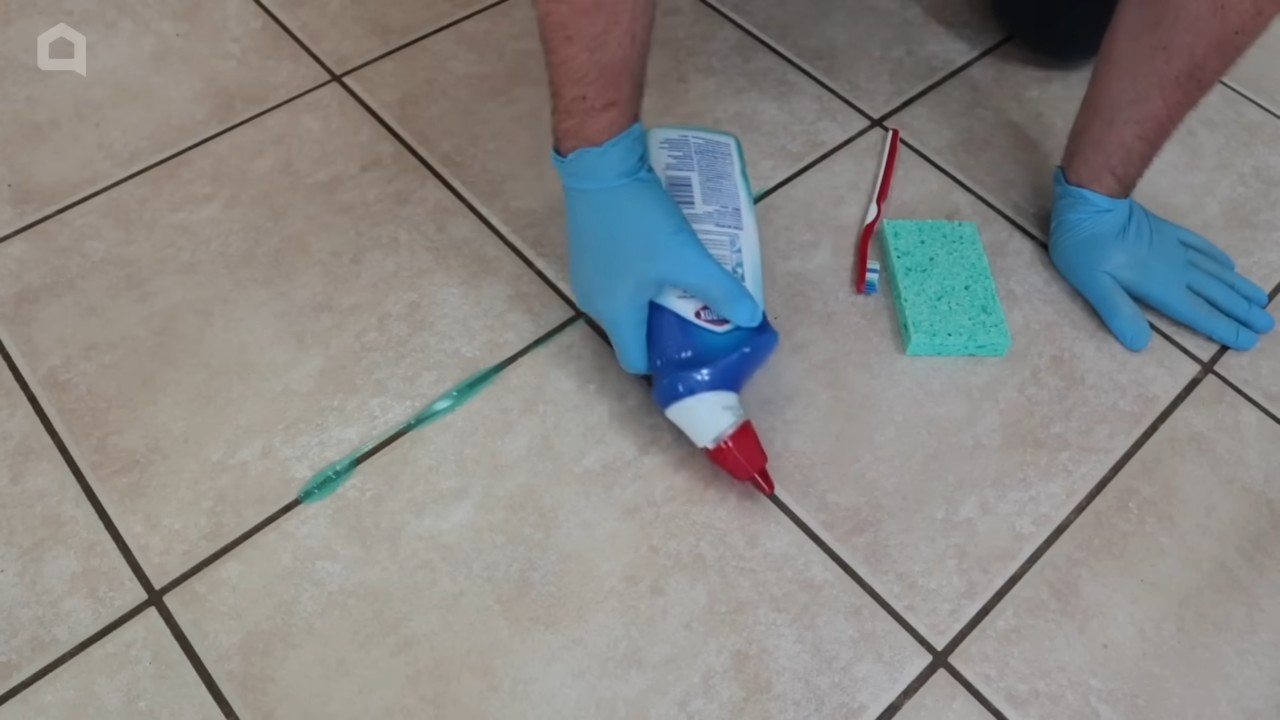
Conclusion
So, there you have it! Unlocking the surprising power of toothpaste goes far beyond just a sparkling smile. This simple, everyday item holds the key to solving a multitude of household dilemmas and beauty blunders. From banishing blemishes to polishing silver, the versatility of toothpaste is truly remarkable.
Why is this DIY trick a must-try? Because it’s cost-effective, readily available, and surprisingly efficient. Instead of reaching for harsh chemicals or expensive specialty products, you can often achieve the same, if not better, results with a dab of toothpaste. Think about the money you’ll save and the peace of mind knowing you’re using a gentler alternative in many situations. Plus, it’s incredibly satisfying to discover new uses for something you already have in your bathroom cabinet.
But don’t stop there! Experiment with different types of toothpaste to find what works best for you. For instance, a plain white toothpaste is generally recommended for cleaning and polishing, while gel toothpastes might be better suited for stain removal on certain surfaces. You can even add a touch of baking soda to your toothpaste mixture for extra scrubbing power when tackling stubborn stains.
Consider these variations:
* For removing scuff marks on shoes: Use a soft cloth and gently rub a small amount of toothpaste onto the affected area. Wipe clean with a damp cloth.
* To clean your iron: Make sure the iron is unplugged and cool. Apply a thin layer of toothpaste to the soleplate, avoiding the steam vents. Wipe clean with a damp cloth.
* For defogging bathroom mirrors: Spread a thin layer of toothpaste on the mirror, let it sit for a minute, and then wipe it off with a clean, damp cloth.
* Removing crayon marks from walls: Gently rub the crayon marks with a damp cloth and a small amount of toothpaste. Be careful not to scrub too hard, as this could damage the paint.
We’ve explored numerous ways to harness the power of toothpaste tricks and uses, and we’re confident that you’ll find them incredibly helpful. Now, it’s your turn to put these tips to the test!
We wholeheartedly encourage you to try these DIY tricks and share your experiences with us. Did you discover a new use for toothpaste that we haven’t mentioned? Did one of our tips work particularly well for you? Let us know in the comments below! Your feedback is invaluable and helps us continue to provide helpful and informative content.
Don’t be afraid to get creative and experiment. You might be surprised at just how many problems toothpaste can solve. So, grab a tube of toothpaste and get ready to unlock its hidden potential! We’re excited to hear about your toothpaste adventures. Happy cleaning, polishing, and problem-solving!
Frequently Asked Questions (FAQ)
1. What kind of toothpaste is best for these DIY tricks?
Generally, a plain white, non-gel toothpaste is recommended for most cleaning and polishing tasks. Avoid using whitening toothpastes, as they may contain abrasive ingredients that could scratch delicate surfaces. Gel toothpastes are often better suited for stain removal on certain fabrics or materials. Always test a small, inconspicuous area first to ensure the toothpaste doesn’t damage the surface. For sensitive skin applications like blemish treatment, opt for a toothpaste formulated for sensitive teeth, as it will likely be less irritating.
2. Can I use toothpaste on all types of surfaces?
No, toothpaste is not suitable for all surfaces. Avoid using it on delicate or porous materials, such as wood, leather, or certain types of painted surfaces. Always test a small, hidden area first to ensure the toothpaste doesn’t cause any damage, discoloration, or scratching. Be especially cautious when using toothpaste on electronics, as moisture can cause damage.
3. How long should I leave toothpaste on a stain or blemish?
The amount of time you leave toothpaste on a stain or blemish will vary depending on the severity of the issue and the type of surface. For minor stains, a few minutes may be sufficient. For more stubborn stains or blemishes, you can leave the toothpaste on for up to 30 minutes, but be sure to monitor the area closely and wipe it off immediately if you notice any adverse effects. For blemish treatment, apply a small dab of toothpaste to the affected area before bed and wash it off in the morning.
4. Is toothpaste safe to use on my skin?
While toothpaste can be effective for treating occasional blemishes, it’s not intended for regular skincare use. Toothpaste can be drying and irritating to the skin, especially if you have sensitive skin. Avoid using toothpaste on large areas of your face or for extended periods. If you experience any redness, itching, or burning, discontinue use immediately. Consider using a toothpaste formulated for sensitive teeth, as it will likely be less irritating.
5. Can I use toothpaste to clean jewelry?
Yes, toothpaste can be used to clean certain types of jewelry, such as silver and gold. However, avoid using it on delicate or porous gemstones, as it could damage them. To clean jewelry with toothpaste, apply a small amount to a soft cloth and gently rub the jewelry. Rinse thoroughly with water and dry with a clean cloth.
6. Will toothpaste remove deep scratches from glass or plastic?
Toothpaste may help to minimize the appearance of minor scratches on glass or plastic, but it’s unlikely to remove deep scratches completely. For deeper scratches, you may need to use a specialized scratch removal product. To use toothpaste on scratches, apply a small amount to a soft cloth and gently rub the scratched area in a circular motion. Rinse thoroughly with water and dry with a clean cloth.
7. Can I use toothpaste to clean my car?
Toothpaste can be used to remove minor scratches and scuff marks from your car’s paint, but it’s important to use it sparingly and with caution. Avoid using toothpaste on large areas of your car or on delicate surfaces, such as chrome or plastic trim. Always test a small, hidden area first to ensure the toothpaste doesn’t damage the paint. After using toothpaste, be sure to wash and wax your car to protect the paint.
8. Are there any surfaces I should absolutely avoid using toothpaste on?
Yes, there are several surfaces you should avoid using toothpaste on, including:
* Wood: Toothpaste can damage the finish on wood surfaces.
* Leather: Toothpaste can dry out and discolor leather.
* Porous gemstones: Toothpaste can scratch or damage delicate gemstones.
* Certain painted surfaces: Toothpaste can remove or damage paint.
* Electronics: Moisture from toothpaste can damage electronic components.
* Marble: Toothpaste can etch and damage marble surfaces.
9. What are the potential risks of using toothpaste for DIY cleaning?
The main risks of using toothpaste for DIY cleaning include scratching delicate surfaces, causing discoloration, and irritation to the skin. Always test a small, hidden area first to ensure the toothpaste doesn’t cause any damage. Wear gloves to protect your skin from irritation. Avoid using toothpaste on surfaces that are known to be sensitive to abrasive cleaners.
10. How do I store leftover toothpaste after using it for a DIY project?
Store leftover toothpaste in its original tube, tightly capped, in a cool, dry place. Avoid exposing the toothpaste to extreme temperatures or direct sunlight, as this can affect its consistency and effectiveness. Make sure to keep it out of reach of children and pets.

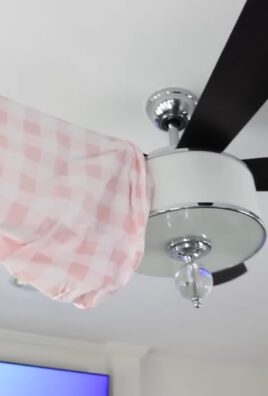
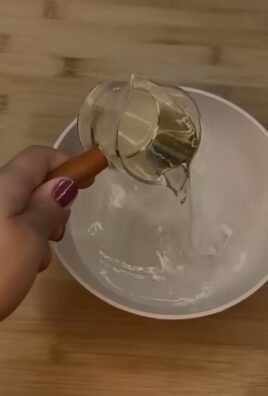
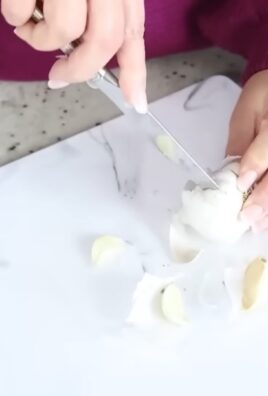
Leave a Comment